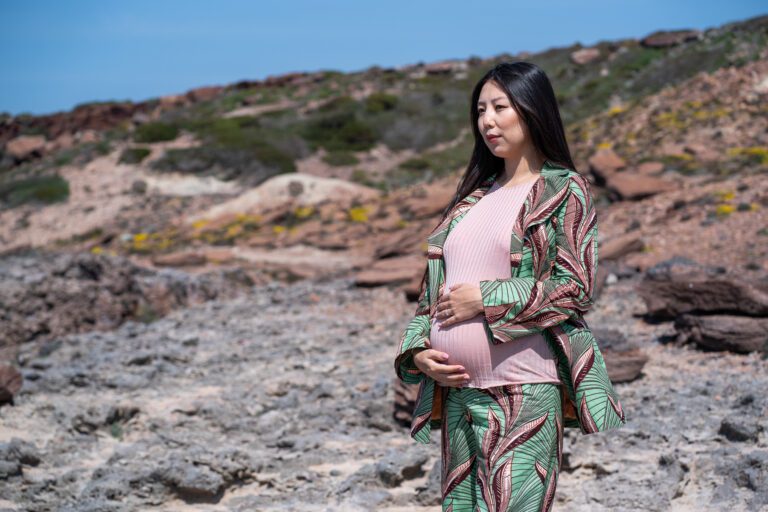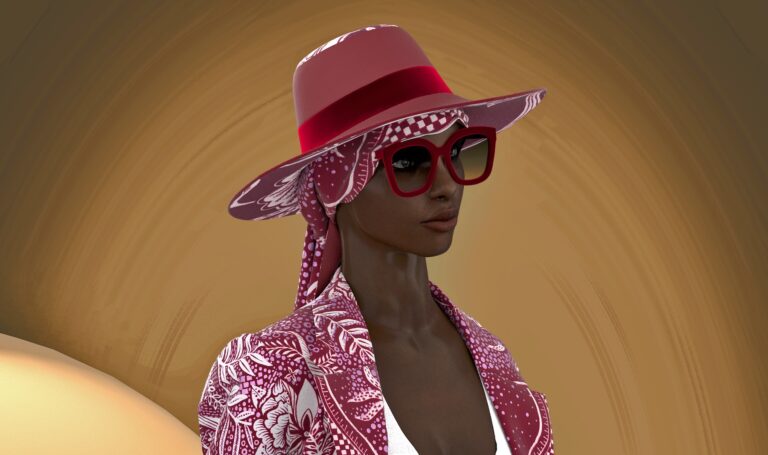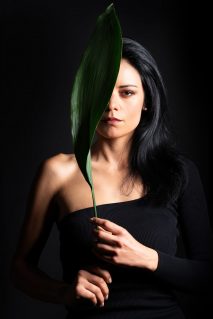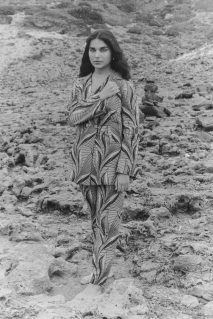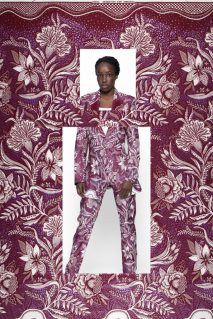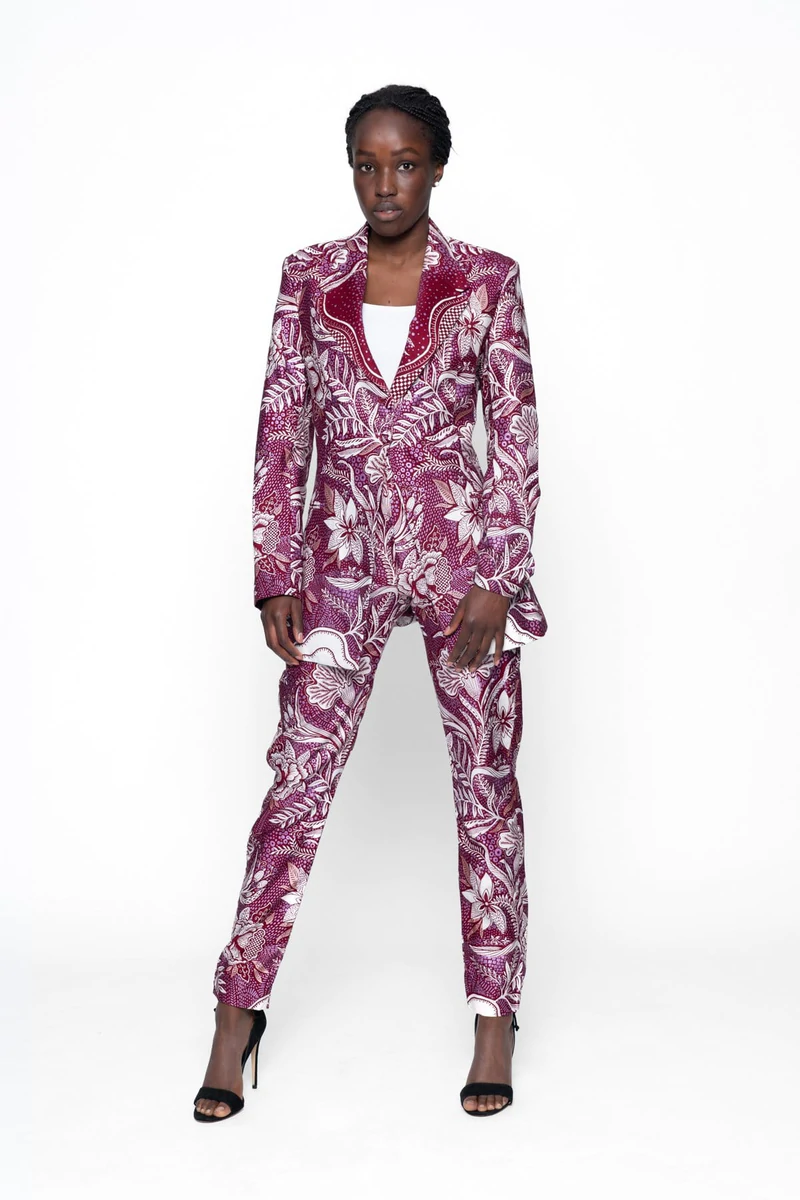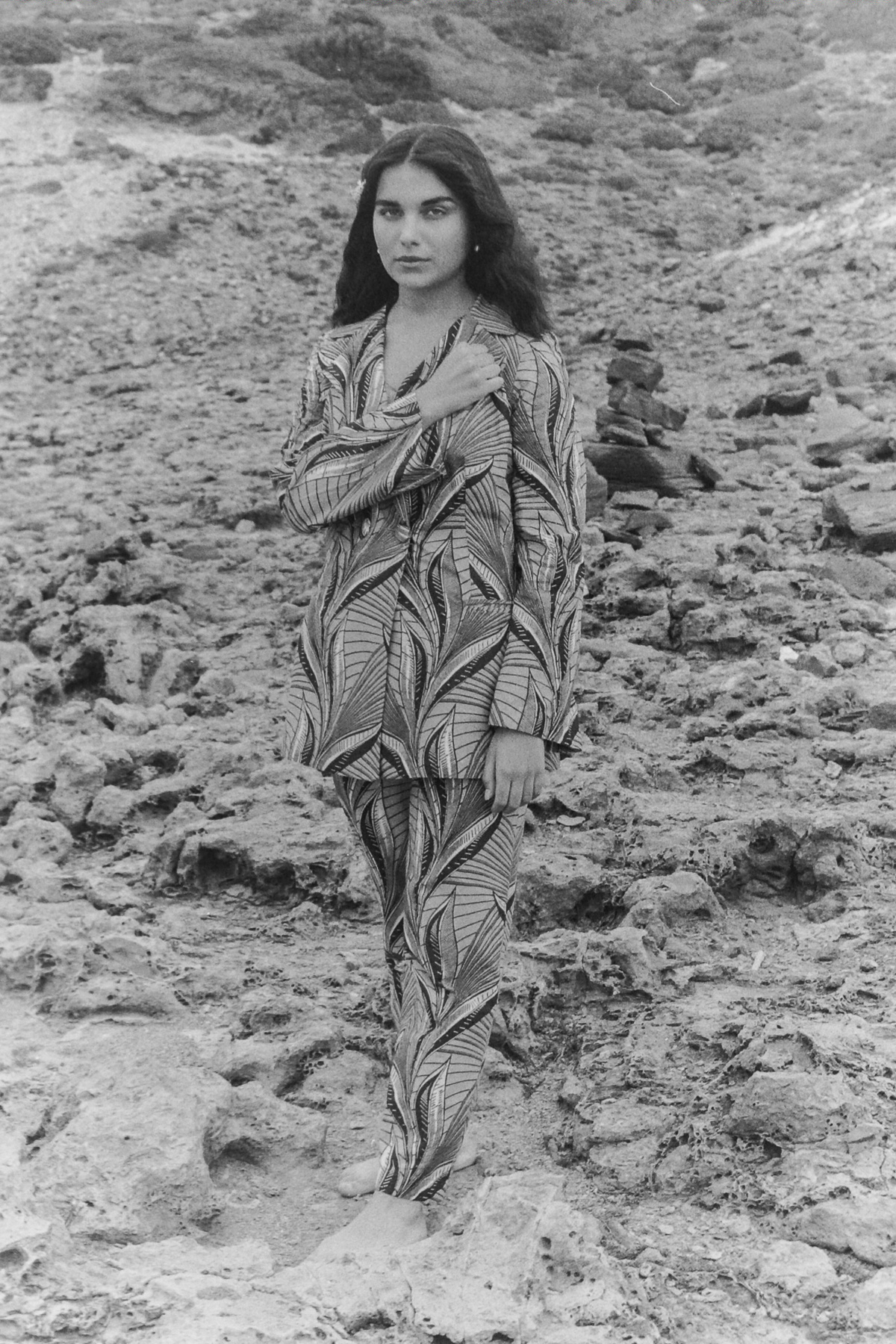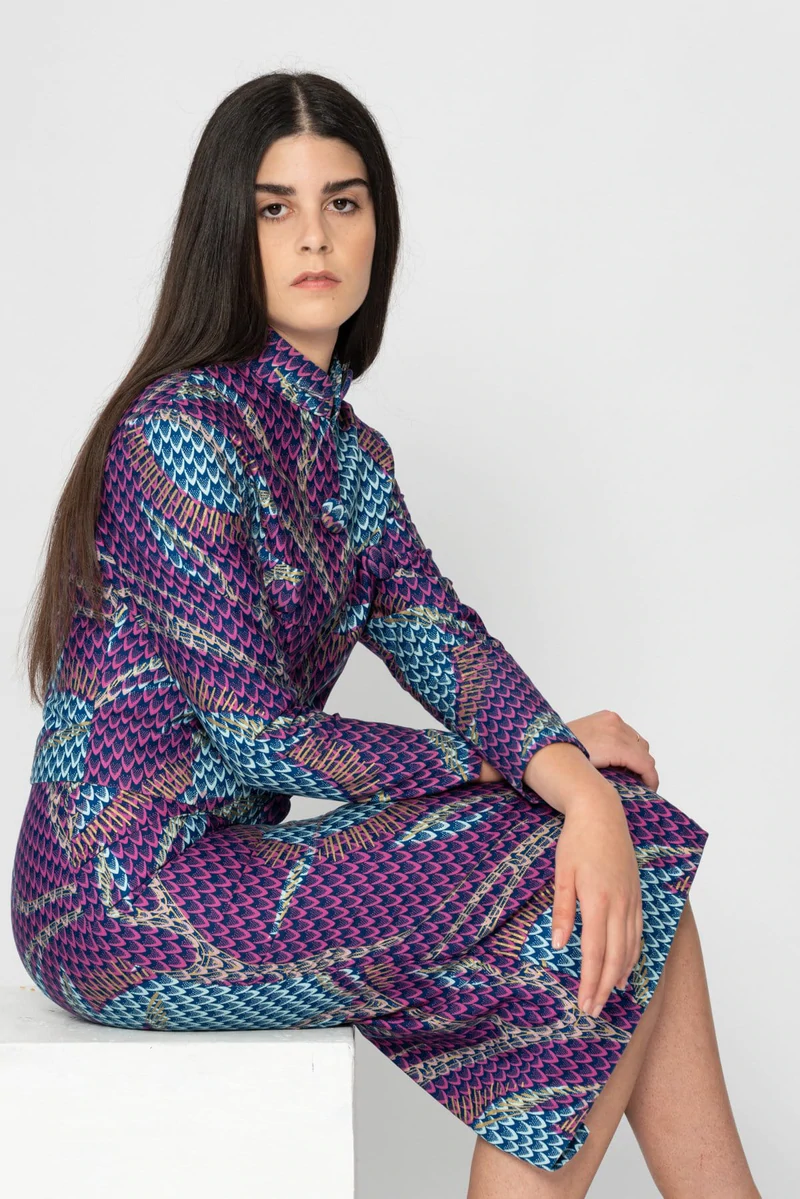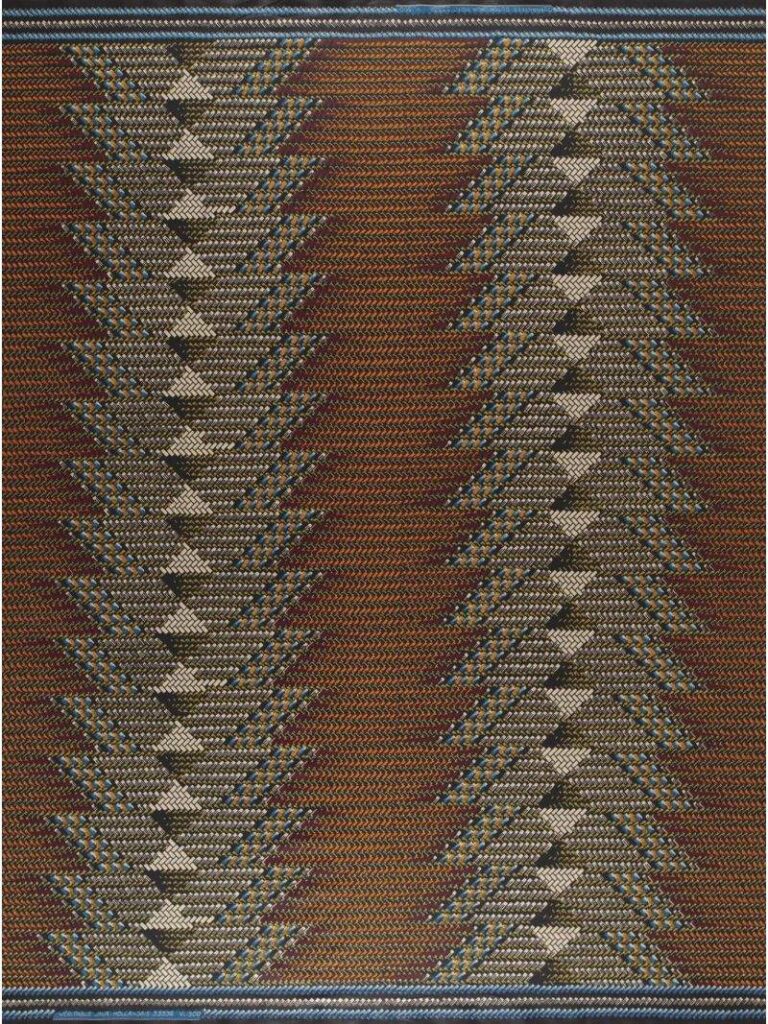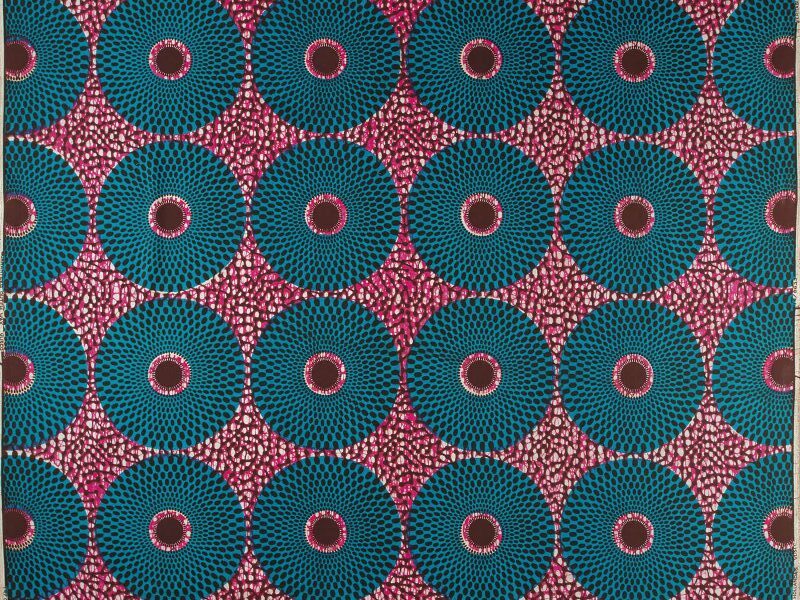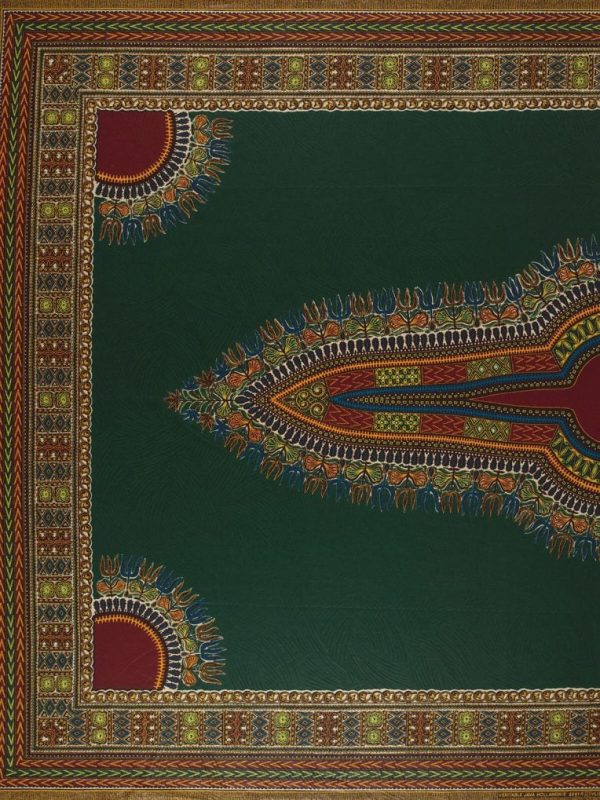Most of the creations in the Gaia Collection come in the same Wax Print by Dutch fabric house Vlisco. Drawing on its rich heritage, Vlisco brought together two historical patterns, the Fish Scale and the Grotto, to create this new, modern cloth in fresh colors, with luxe silver and gold embellishments. We loved it so much that we chose to use the same print in three different color palettes: pink and purple, light green/yellow and brown, and military green and pink. We call it the Tree of Life.
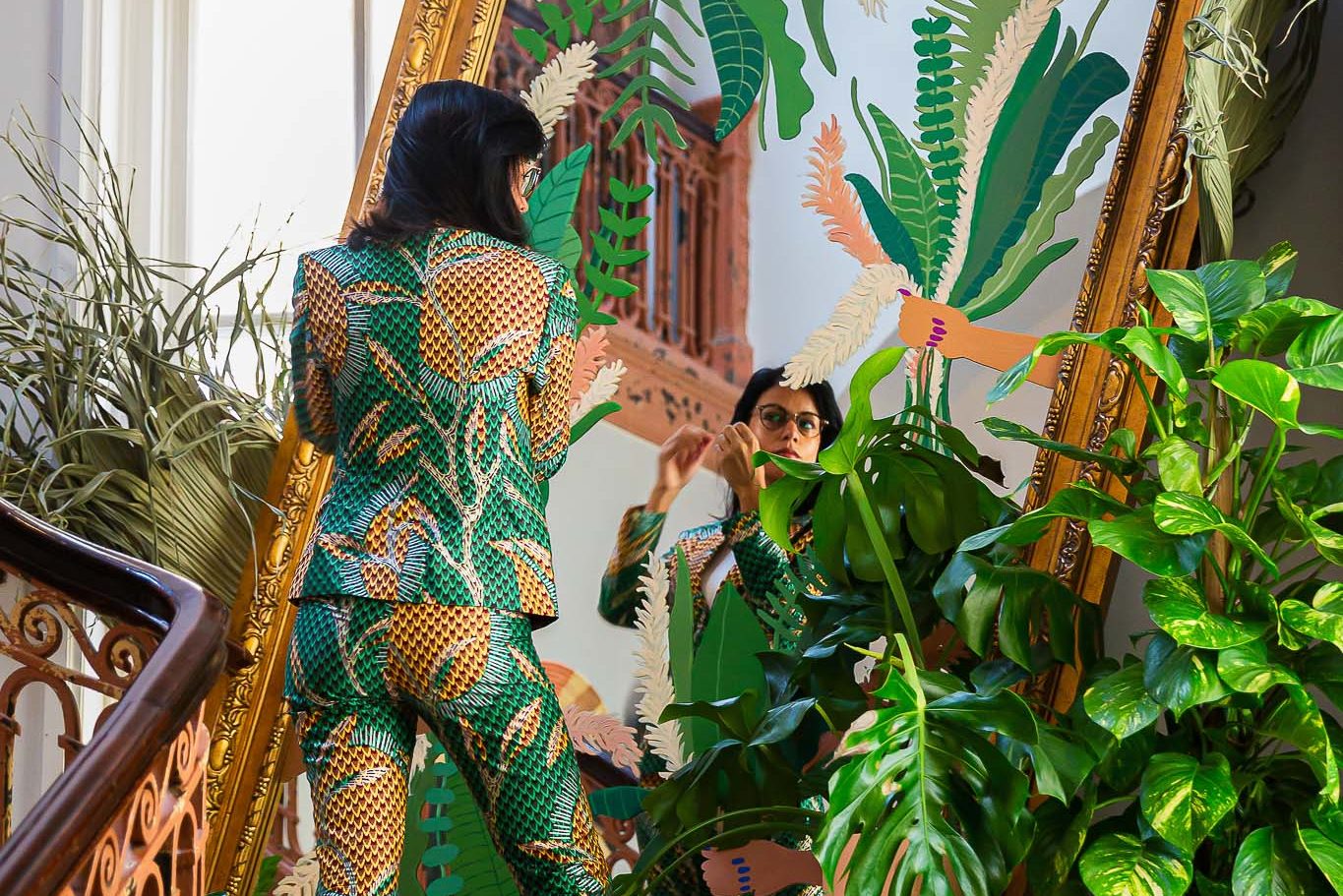
heritage
The Fish Scale and the Grotto
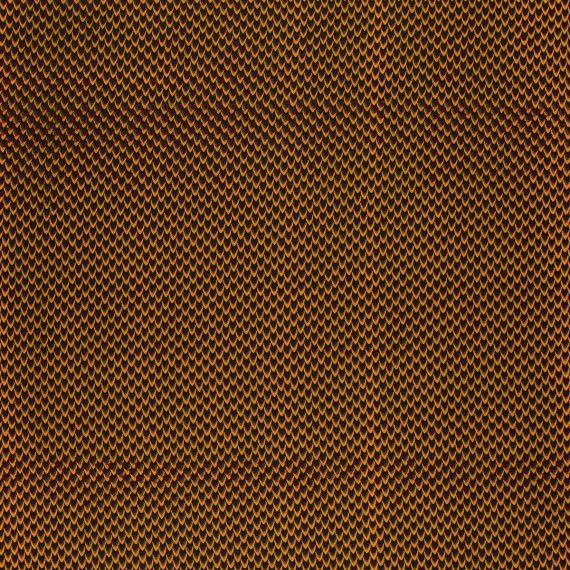

The Fish Scale
This print is known by many different names across African tribes. Perhaps the most popular is Akpirikpa Azu, a direct translation of its English name by the Igbo speaking people of Eastern Nigeria. The name is inspired by its scale-like pattern, with yellow fish scales adding repeating pops of color to a fabric that generally comes in shades of brown.
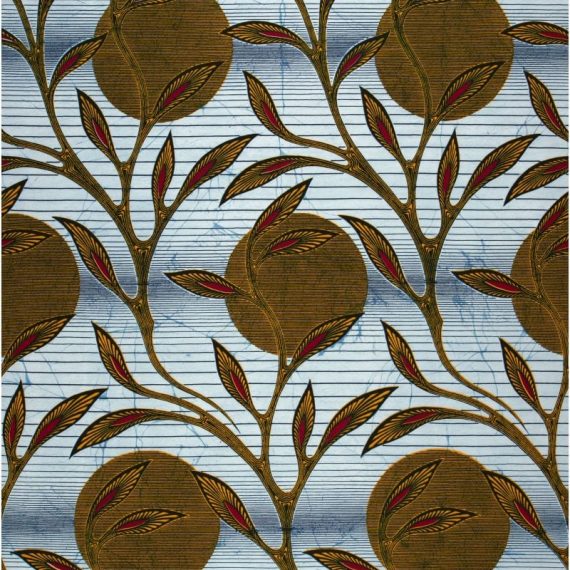

The Grotto
This second fabric is usually worn in affirmation of a woman’s social status. The term “grotto” refers to a wealthy person who is well recognized socially. This name comes from the Côte d’Ivoire, where the fabric has been used in the country’s traditional pagnes (rectangles of cloth that wrap around the body) for generations. But to the Ghanaians, this same fabric means something else entirely: in Ghana, it is a reminder of the innate ingratitude of human beings. Ghanaians call it Papa Ye Asa which directly translates to “goodness is finished”. The Grotto features round discs and swirling leaves on a contrast background.
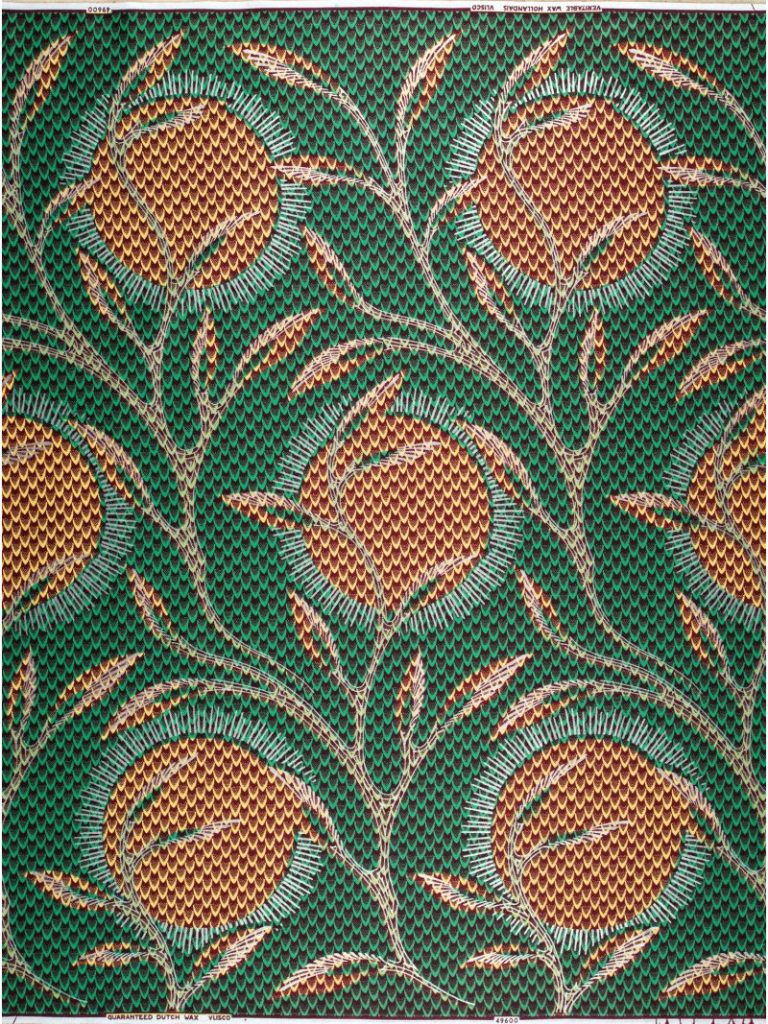

the maakola meaning
This print reminds us that our lives depend upon the environment — something that we as humans often forget. But we are always connected to other creatures and plants, and we can see this in the pattern. Deeply embedded in the ground, the roots of the Tree receive nourishment from Mother Earth, while its branches rise to the sky, receiving energy from the moon and sun.
The combination of the Fish Scale and the Grotto suggests interconnected trees with their full buds, set against a luminous sun. It creates an image of immortality and rebirth:The branches grow and blossom every time there’s a new sun behind them them. The contrast of the sun makes the new buds appear full of life, like fresh leaves unfurling in fresh leaves unfurling in the spring. Between one sun and the next, we can see a hibernation phase that always ends with a new sun and the beginning of a new life. The Tree of Life also symbolizes the immortality of Mother Nature because even as a plant grows as a plant grows old, it continues to create continues to create seeds that carry its essence so that it can live that it can live on through new saplings.


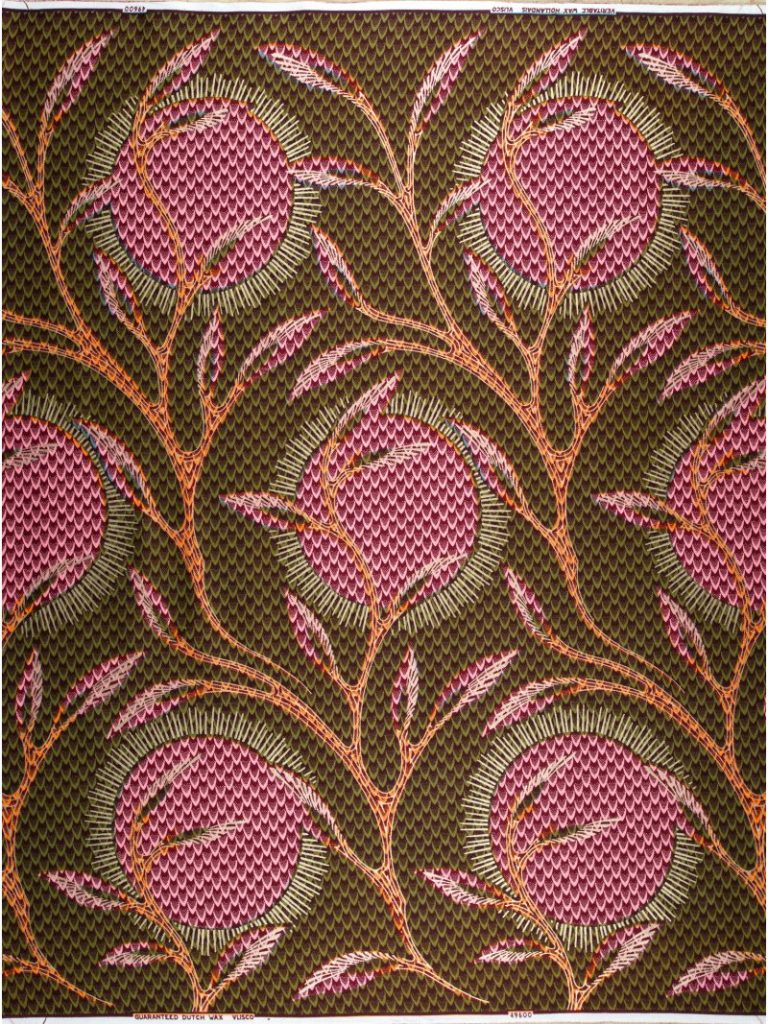

The Tree of Life shows us natural resources being constantly replenished. Learning from nature, we can start to think of human life as something that needs to be protected, passing through different cycles as it is replenished. This will help us to cultivate a mindset of abundance.

